Known commonly as the blue monkey, Cercopithecus mitis is an Old World primate found throughout various African landscapes. This species, also referred to as the diademed monkey, thrives in Central and East Africa, stretching from the upper Congo River basin eastward to the East African Rift, and southwards to northern Angola and Zambia. In East Africa, the blue monkey is well distributed all over with the main habitat being Lake Manyara, Mount Meru and Kilimanjaro in Tanzania and Mount Kenya, Kakamega Forest in Kenya being the main areas where it is found. Some classifications also consider Sykes Monkey, silver, and golden monkeys as their subspecies. Almost all climbers report seeing these monkeys on the first day of their Kilimanjaro adventure in Kilimanjaro’s rainforest region at the lower slopes.
On the Marangu Route, these Blue Monkeys are quite common and there is a very good reason why they call this part of the rainforest above the Mandara Huts along the Marangu Route “The Monkkey Forest” because they like hanging around the Mandara Huts.
Contrary to what its name might suggest, the blue monkey does not exhibit a striking blue colour. Its face, with minimal hair, might give off a bluish hue, but it lacks the vibrant blue seen in primates like the mandrill. Instead, its fur is predominantly olive or grey, with distinctive features:
- Face: Dark with a lighter or yellowish patch on the forehead, often referred to as a “diadem,” giving it its alternative name.
- Cap, Feet, and Front Legs: These are blackish.
- Mantle: This varies from brown, olive, to grey, depending on the subspecies.
In terms of size, blue monkeys measure between 50 to 65 cm in length, excluding their tail, which is nearly as long as their body. Females typically weigh just over 4 kg, while males can reach up to 8 kg.
Physical Appearance of the Blue Monkey
Blue monkeys, scientifically known as Cercopithecus mitis, are not actually blue but get their name from the bluish hue around their eyes, which contrasts with their otherwise grey or brownish fur. Here are some key features:
- Fur: Their fur is generally a mix of grey and brown, with lighter underparts. The fur around their face, particularly around the eyes, can appear blue due to the skin colour beneath the fur.
- Size: Blue monkeys are medium-sized primates. Males are slightly larger than females, with an average body length of about 50-65 cm (20-26 inches) and a tail length that can match or exceed their body length.
- Facial Features: They have a distinctive mustache-like patch of white hair on either side of their nose, which adds to their unique appearance. Their eyes are large and expressive, often giving them a curious or alert look.
- Limbs: Like many arboreal primates, they have long limbs and a prehensile tail, which aids in climbing and balancing.
Adaptations
Blue monkeys are well-adapted to their arboreal lifestyle:
- Arboreal Movement: Their long limbs and tails are perfect for leaping from branch to branch. Their agility allows them to navigate the complex forest canopies with ease.
- Dietary Adaptations: They are omnivorous but primarily frugivorous, eating a variety of fruits, seeds, leaves, flowers, and occasionally insects and small vertebrates. Their digestive system is adapted to handle a diet rich in plant material, with a large cecum where fermentation of plant matter occurs.
- Social Structure: Blue monkeys live in multi-male, multi-female groups, which helps in predator defence, foraging efficiency, and social learning. Their social structure is an adaptation for survival in dense forest environments where visual communication is limited, and auditory signals like calls are crucial.
- Vocalizations: They have a range of vocalizations from loud calls to warn of predators to softer, more subtle sounds for social interaction within the group.
Habitat
- Range: Blue monkeys are found in central and eastern Africa, from Ethiopia to South Africa, inhabiting a variety of forest types.
- Forest Types: They prefer dense, moist forests but can also be found in montane forests, bamboo forests, and even some coastal forests. Their adaptability to different forest environments is a testament to their resilience.
- Altitude: They can live at various altitudes, from sea level up to about 3,000 meters (9,843 feet), showing their ability to adapt to different climatic conditions.
- Role in Ecosystem: As seed dispersers, blue monkeys play a critical role in forest regeneration. Their diet of fruits means they help in spreading seeds across the forest, contributing to plant diversity and forest health.
Conservation Status
While blue monkeys are not currently considered endangered, habitat loss due to logging, agriculture, and human settlement expansion poses a significant threat. Conservation efforts focus on protecting their forest habitats, which are vital not just for blue monkeys but for numerous other species and the overall ecological balance.
Blue monkeys, with their unique appearance and adaptations, are a fascinating study of how primates have evolved to thrive in the complex and dynamic environments of Africa’s forests.
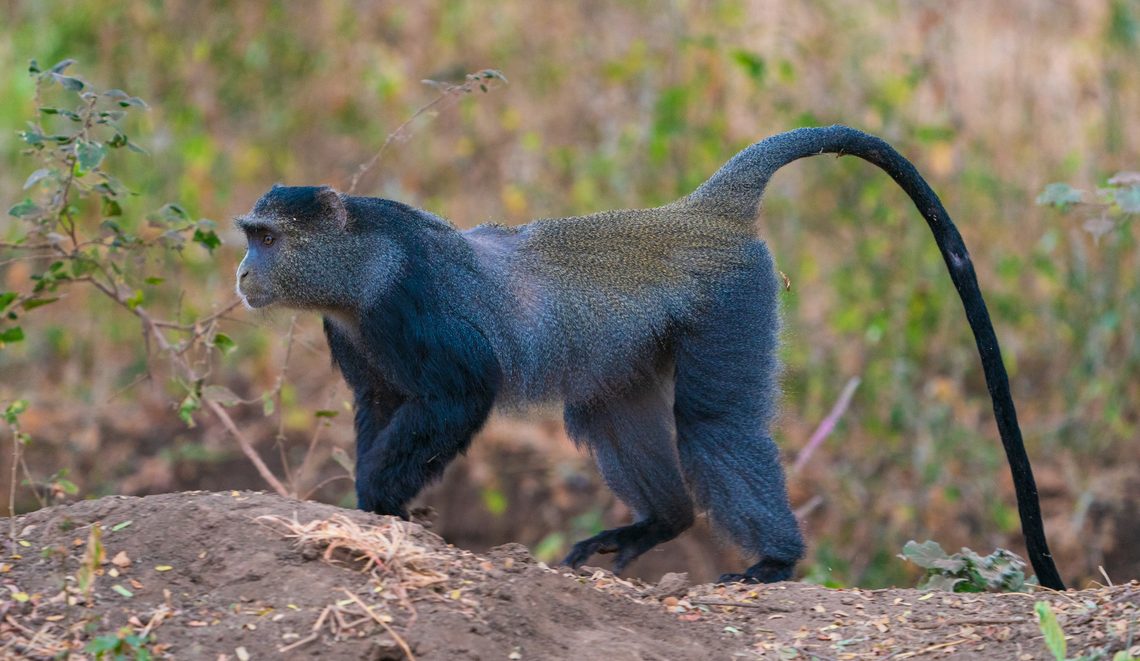
Do you want Kilimanjaro Monkey Adventures?
You probably want to see these monkeys in their natural habitat and at the same time climb Mount Kilimanjaro, so you have nothing to worry about. We can tailor-make your Kilimanjaro experience whether you want to go on a private trek, group joining Kilimanjaro monkey adventures, a day hike or combine both Kilimanjaro safaris. Contact us today and we will send you a free quote before you book and pay for your expedition online.
Best time for Monkey Adventures in Tanzania
Tanzania, known for its diverse wildlife and stunning landscapes, offers optimal safari and trekking experiences for you to experience Monkey adventures at different times of the year due to varying weather patterns and animal behaviours:
Best Times for Monkey Adventure Safari:
- Dry Season (June to October):
- June to October is generally considered the best time for safaris in Tanzania.
- July to September are particularly popular because:
- The vegetation is less dense, making it easier to spot wildlife.
- Animals tend to congregate around water sources, increasing the chances of seeing large herds.
- The Great Migration in Serengeti and Ngorongoro Conservation Area is at its peak, especially in August and September when wildebeest cross the Mara River.
- Pros: Clear skies, less rain, easier game viewing, and the migration spectacle.
- Cons: Higher prices, more tourists, and hot during the day.
- Short Dry Season (January to February):
- This period can also be good, especially in the southern parks like Ruaha and Selous.
- The calving season in Serengeti occurs around February, attracting predators.
Best Times for Monkey Adventure Trekking:
- Mount Kilimanjaro:
- January to March and June to October are the best months for climbing Kilimanjaro.
- Pros: Dry weather, clear skies, and less rain, which means safer and more comfortable climbing conditions.
- Cons: More crowded trails due to popularity.
- Other Treks (e.g., in the Usambara Mountains or Mahale Mountains):
- Similar to Kilimanjaro, the dry seasons are preferable for trekking:
- June to October for cooler weather and less rain.
- January to February can also be good but might be hotter.
- Similar to Kilimanjaro, the dry seasons are preferable for trekking:
Considerations:
- Rainy Seasons:
- Long Rains (March to May): While not ideal for safaris due to mud, swollen rivers, and dense vegetation, it can be a beautiful time for photography with greener landscapes. However, some roads might be inaccessible.
- Short Rains (November to December): Similar to the long rains but less intense. This period can be good for bird watching as migratory birds arrive.
- Crowds: If you prefer fewer crowds, consider going during the shoulder seasons (April-May, November) when the weather might be less predictable but the parks are less crowded.
- Special Events: If you’re interested in specific wildlife events like the wildebeest calving or river crossings, plan your trip around these natural phenomena.
When planning your trip, consider what you prioritize most: wildlife viewing, solitude, specific natural events, or weather conditions. Each season has its charm, and with the right preparation, you can have an excellent safari or trek in Tanzania year-round.
Additional information
| Habitat | Kilimanjaro National Park, Mount Meru, Mount Kenya, Rwenzori |
|---|

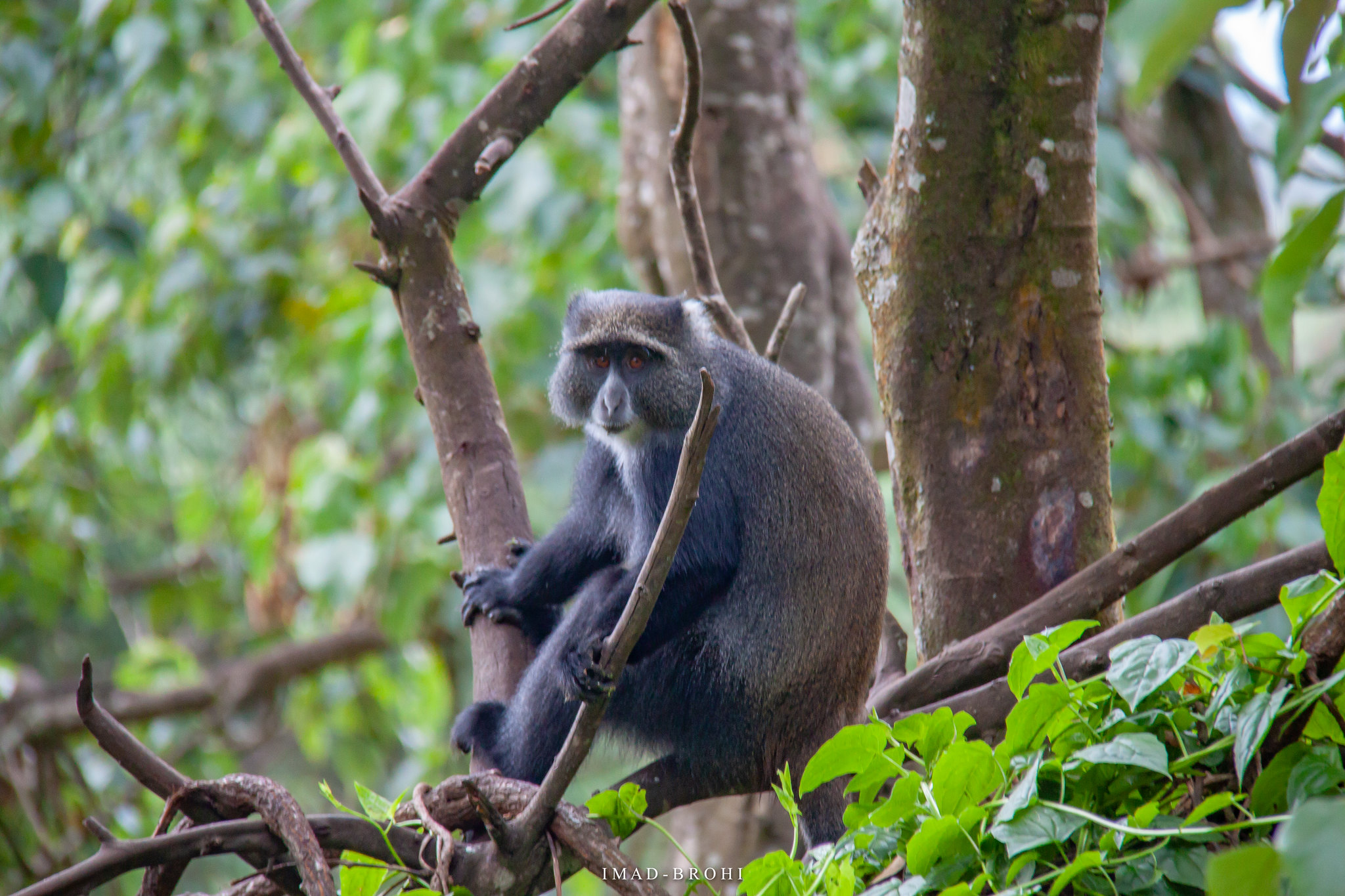
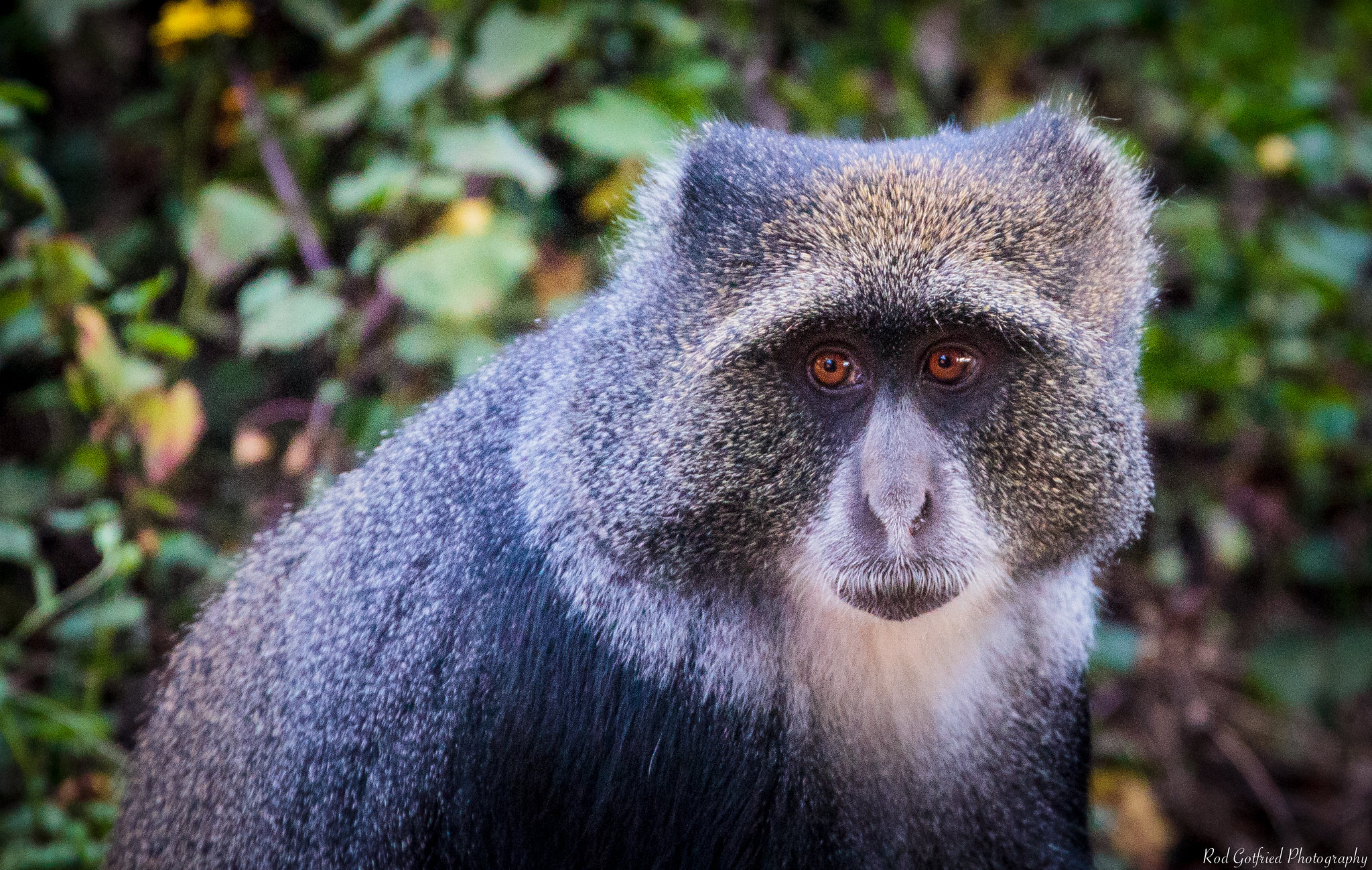
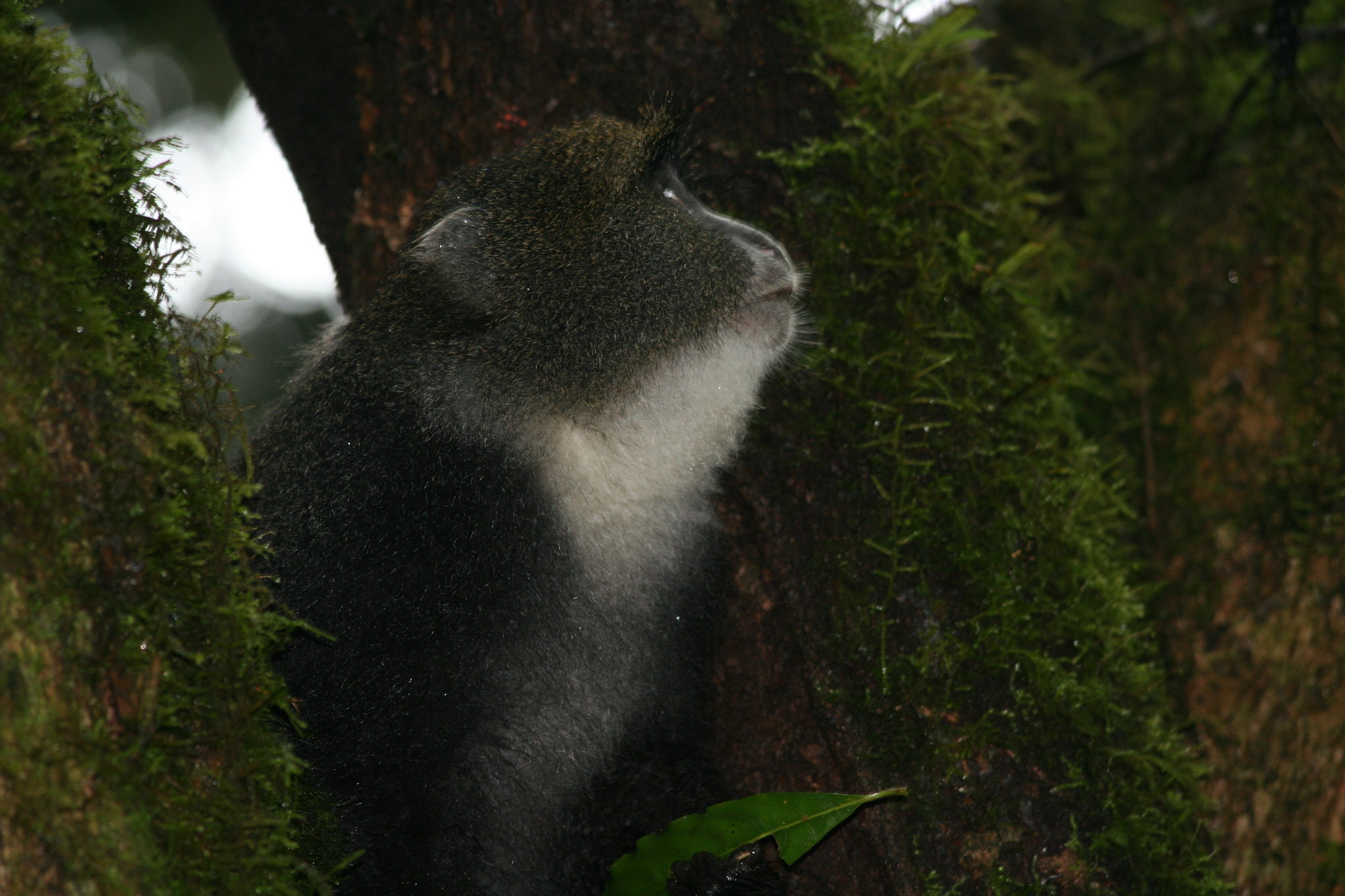
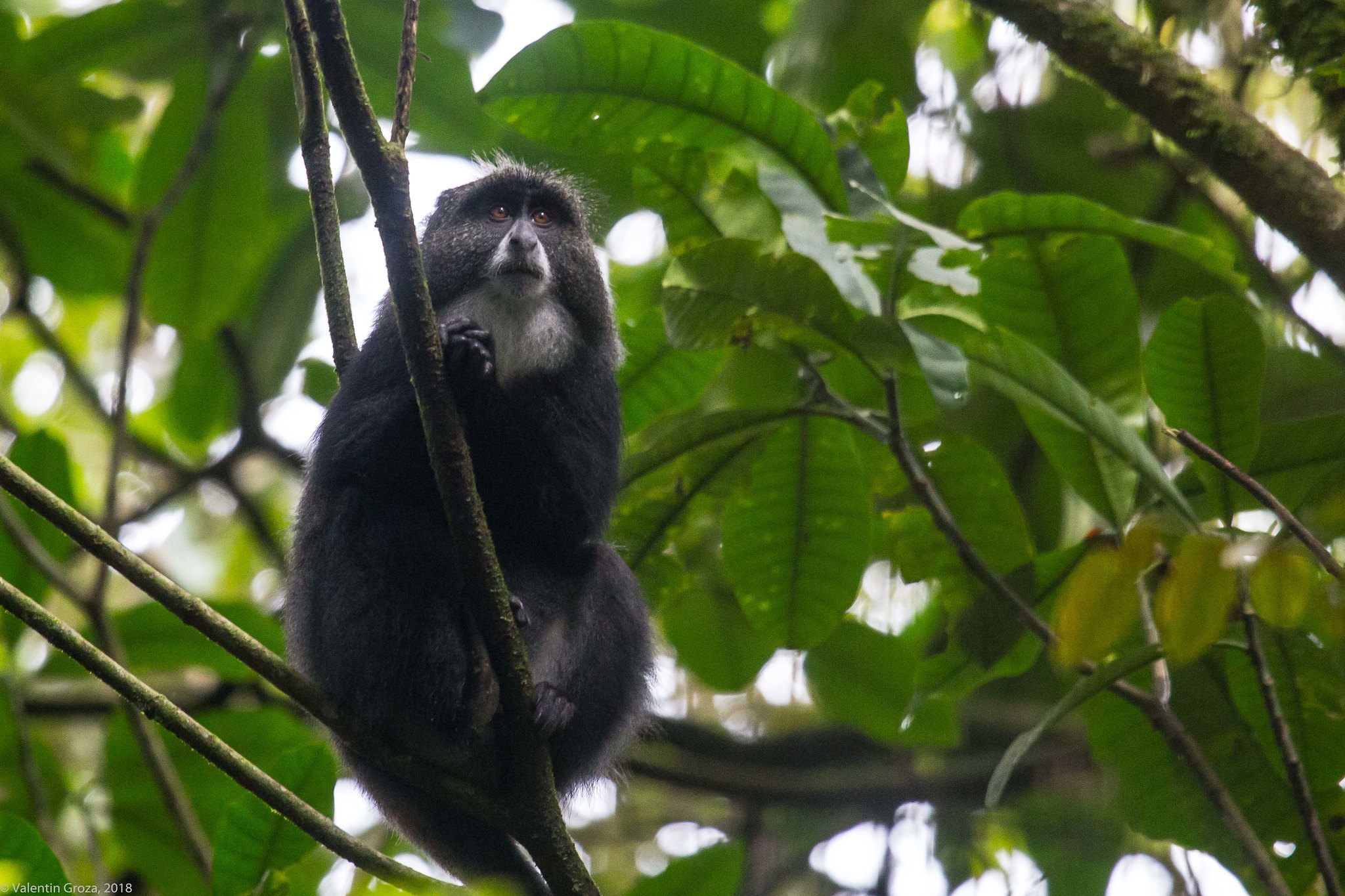
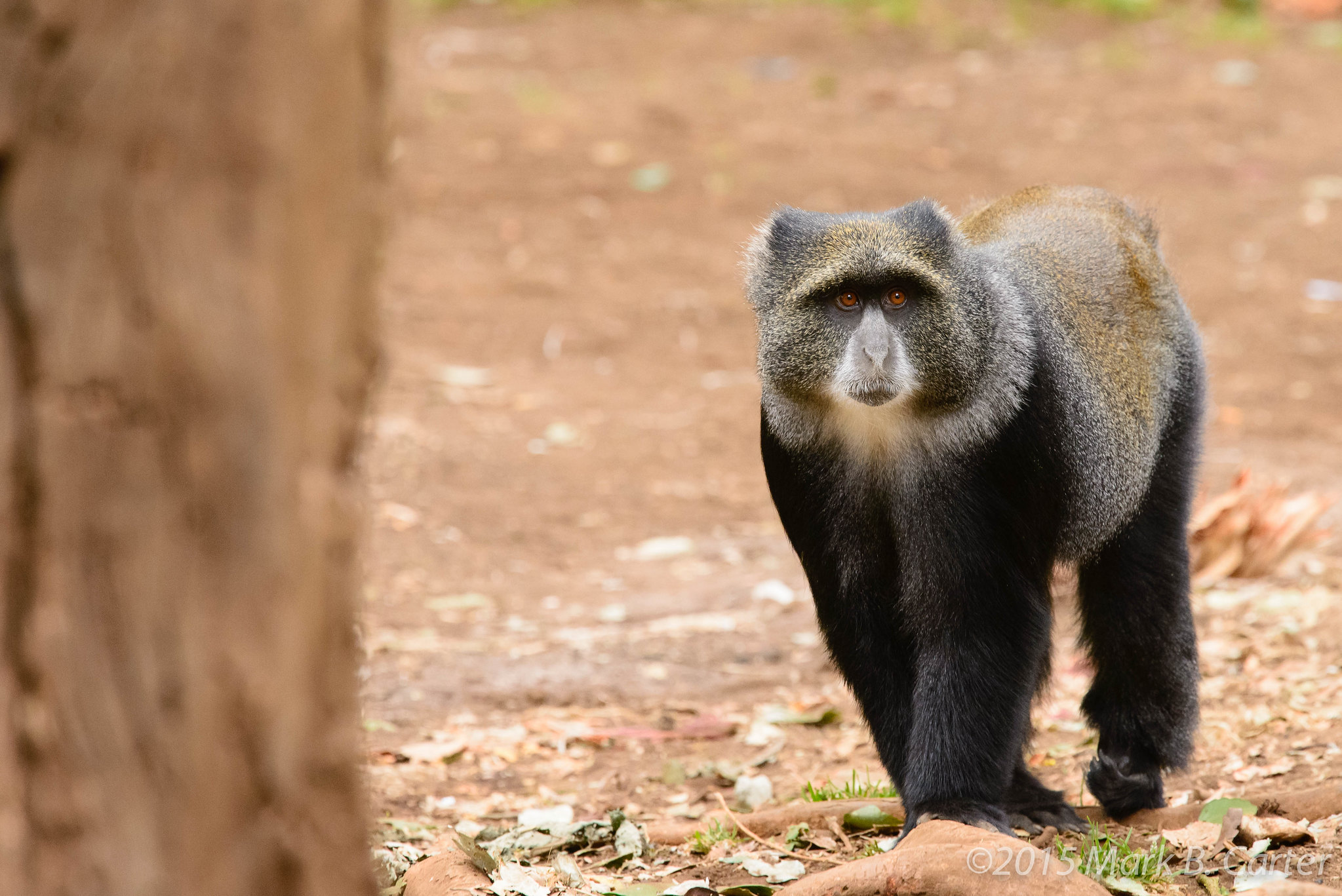
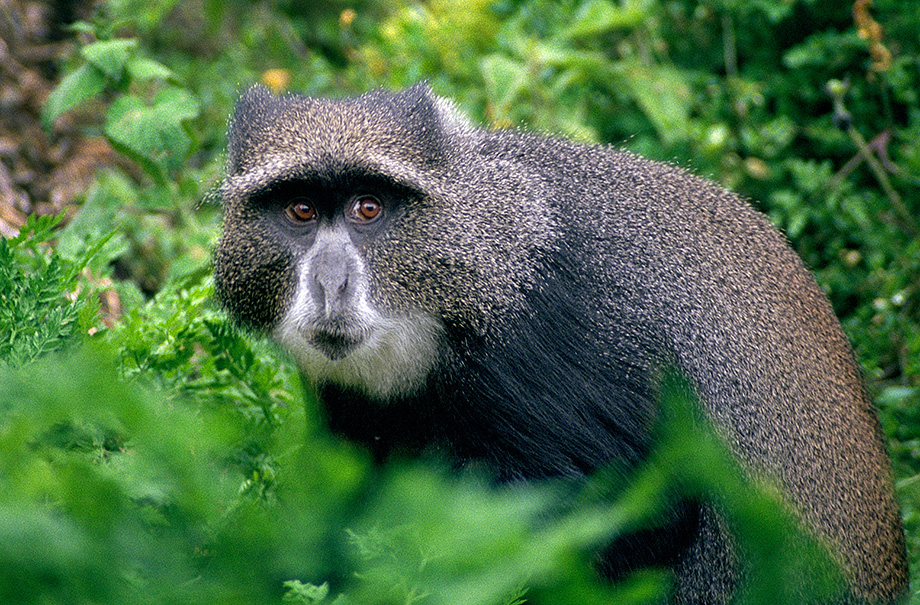
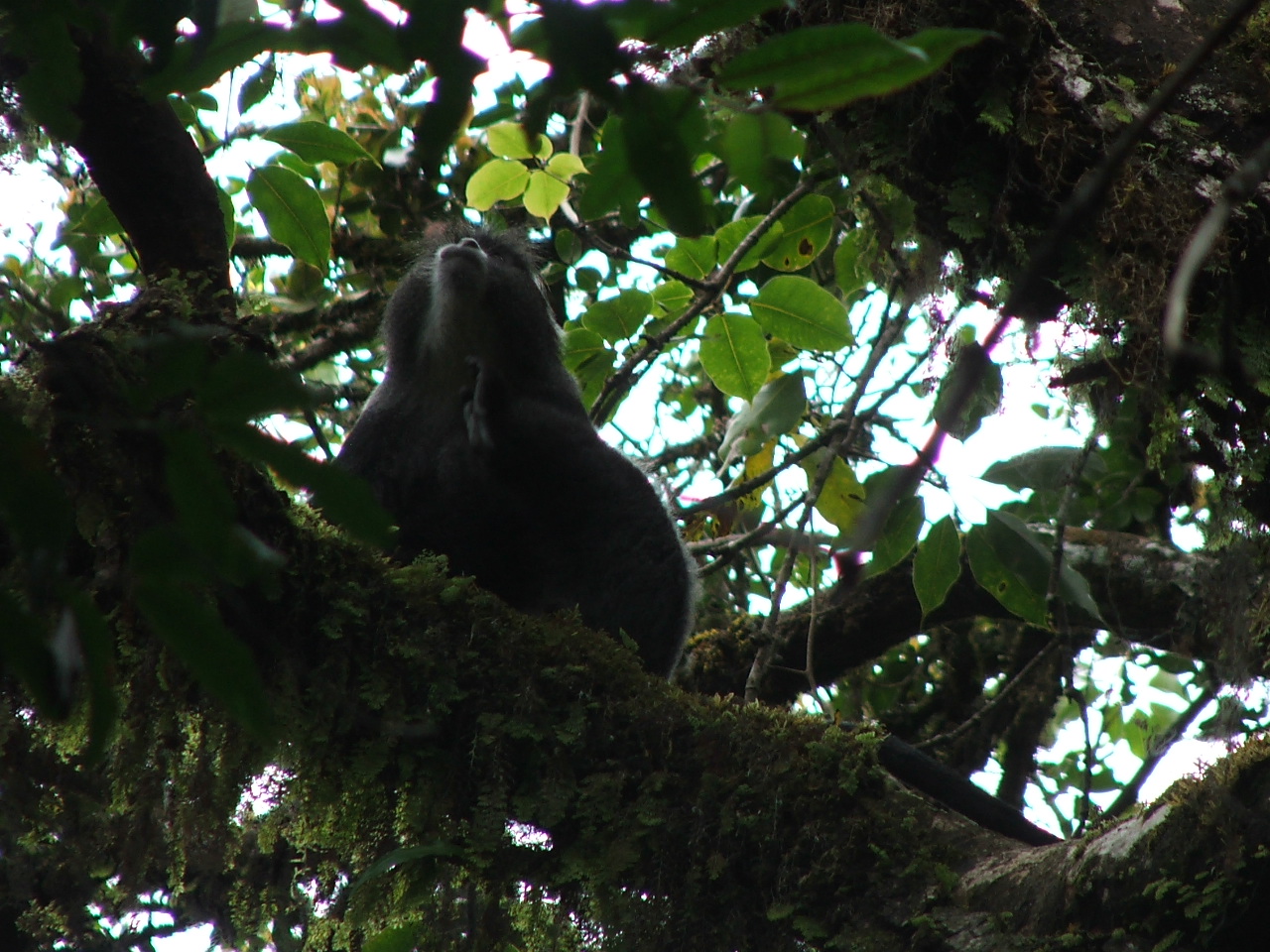
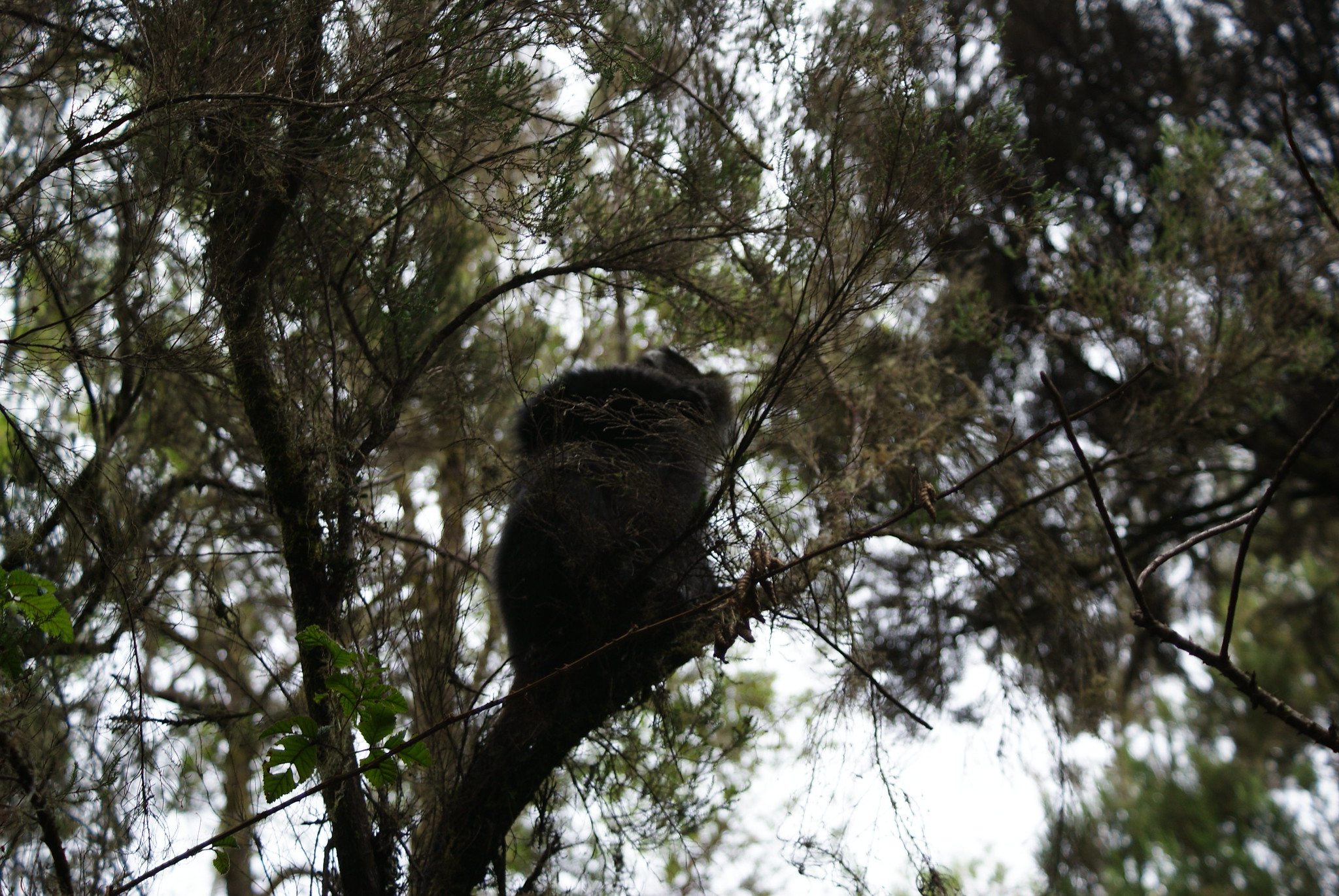
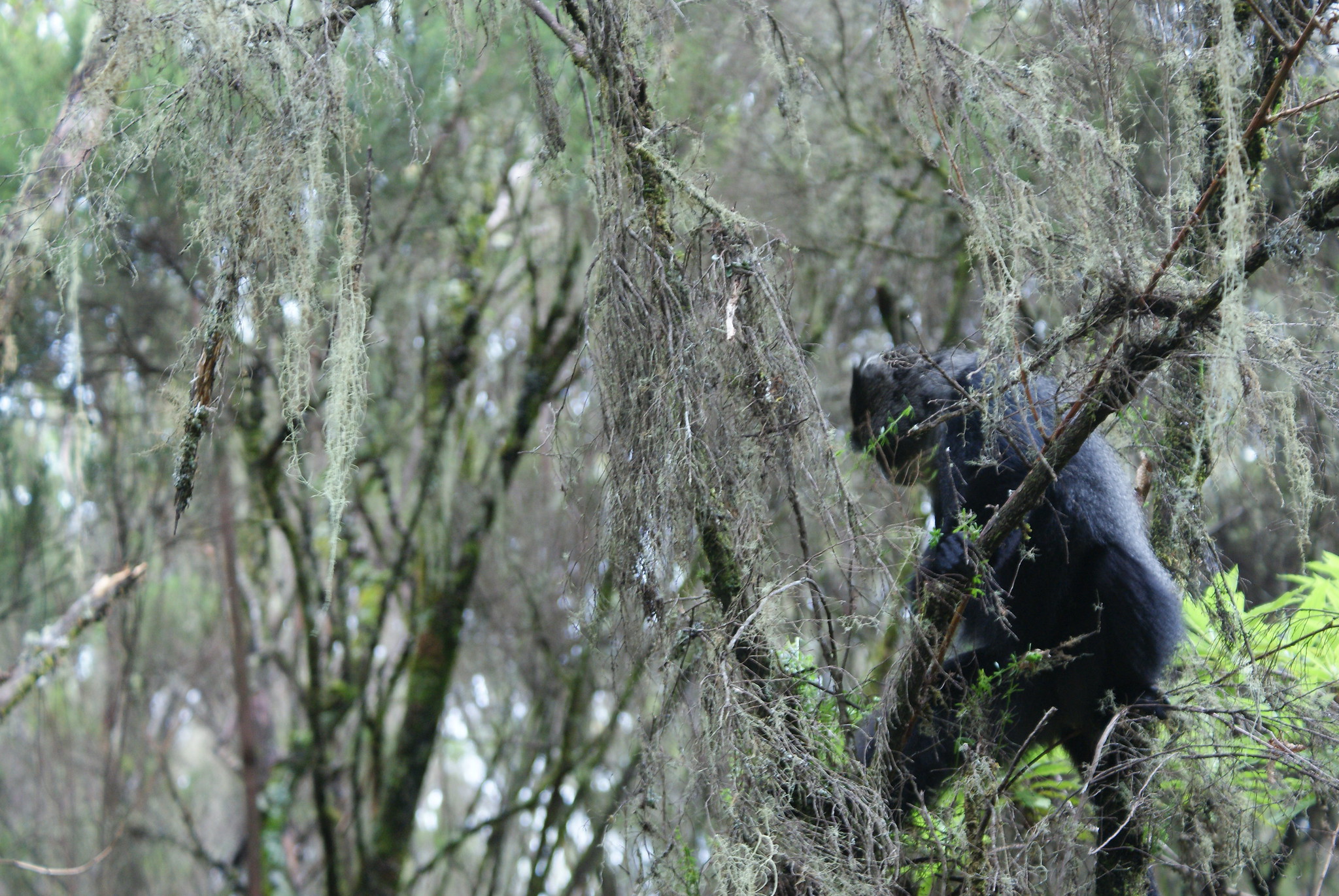
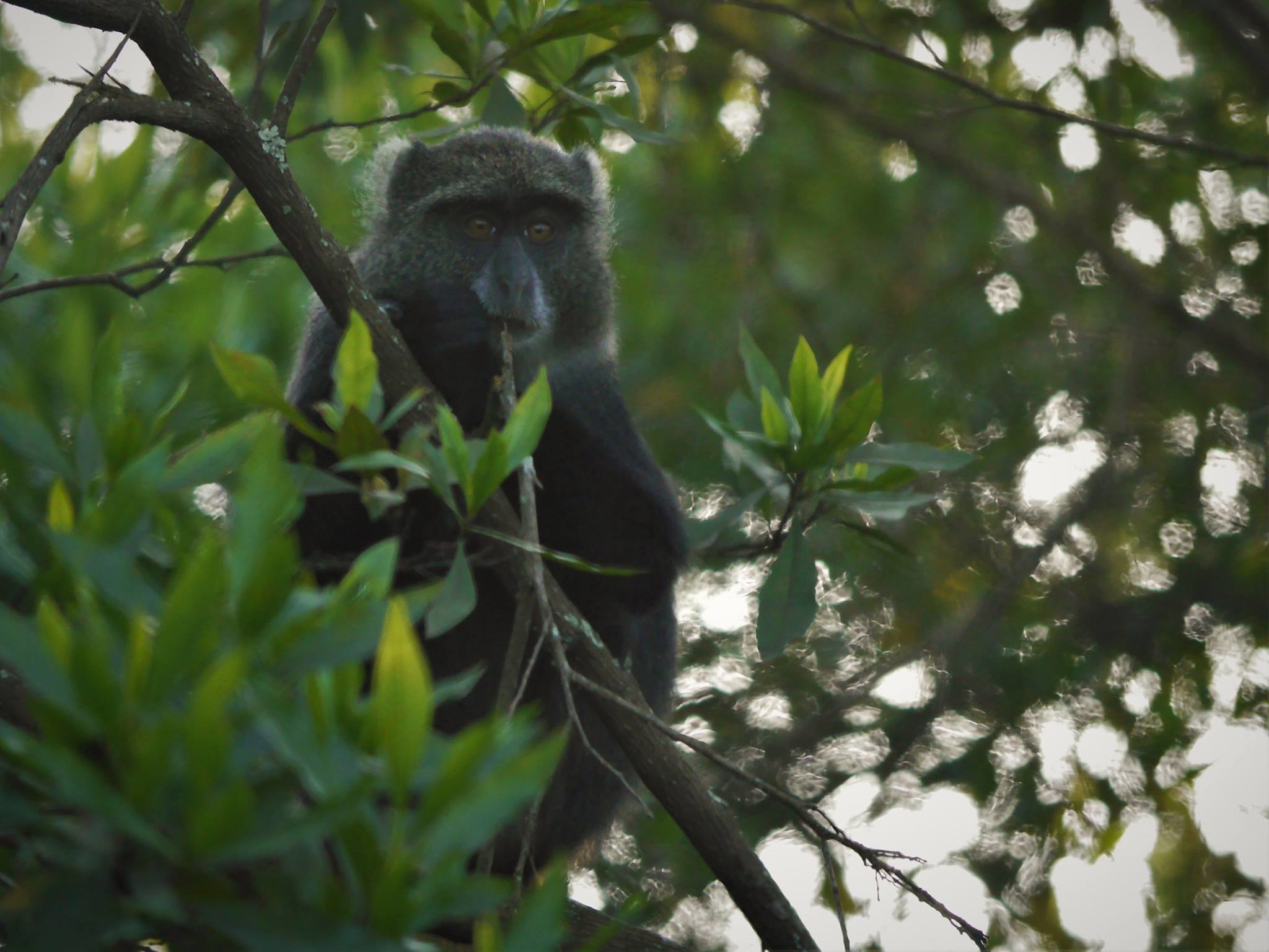
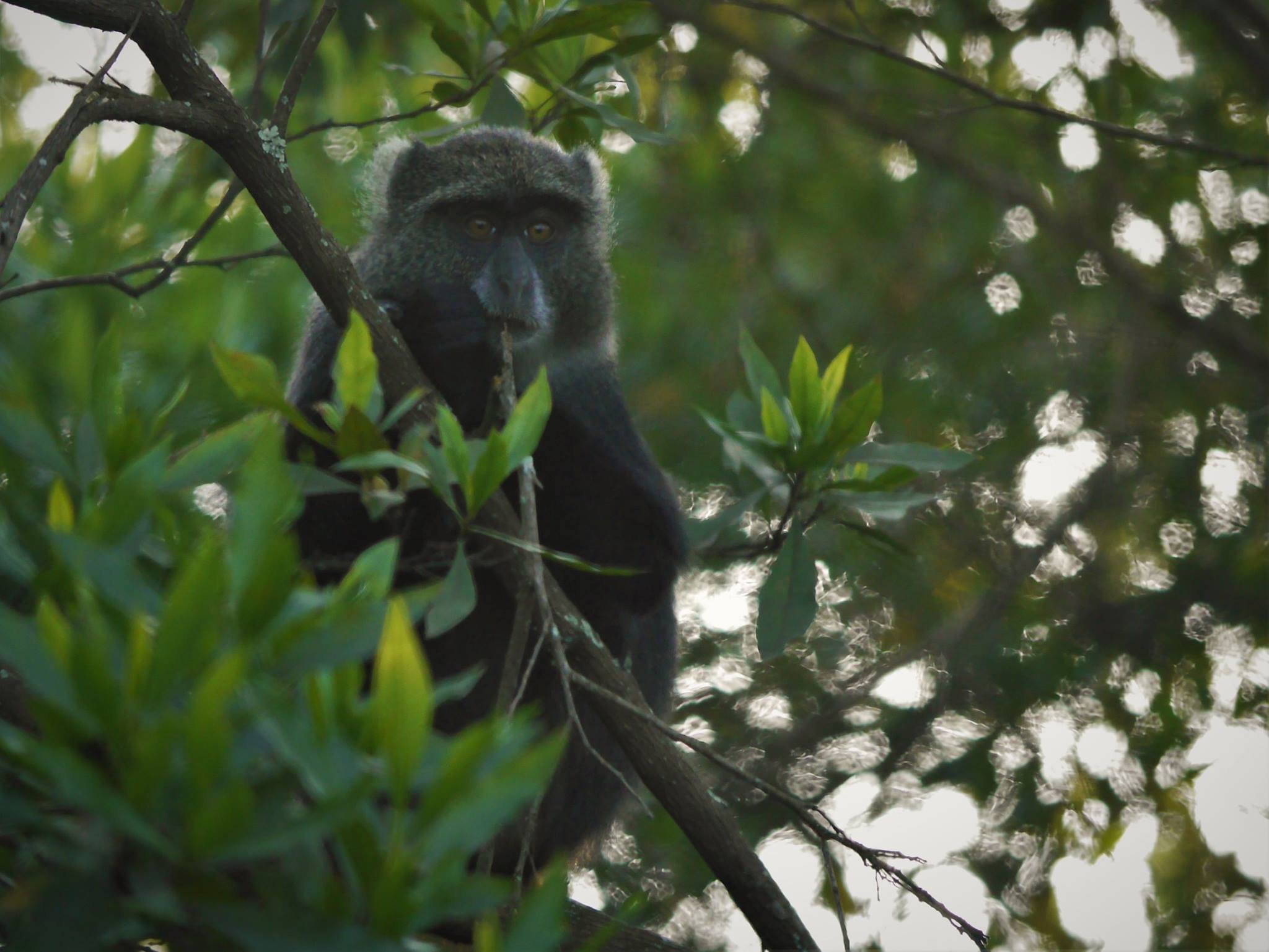
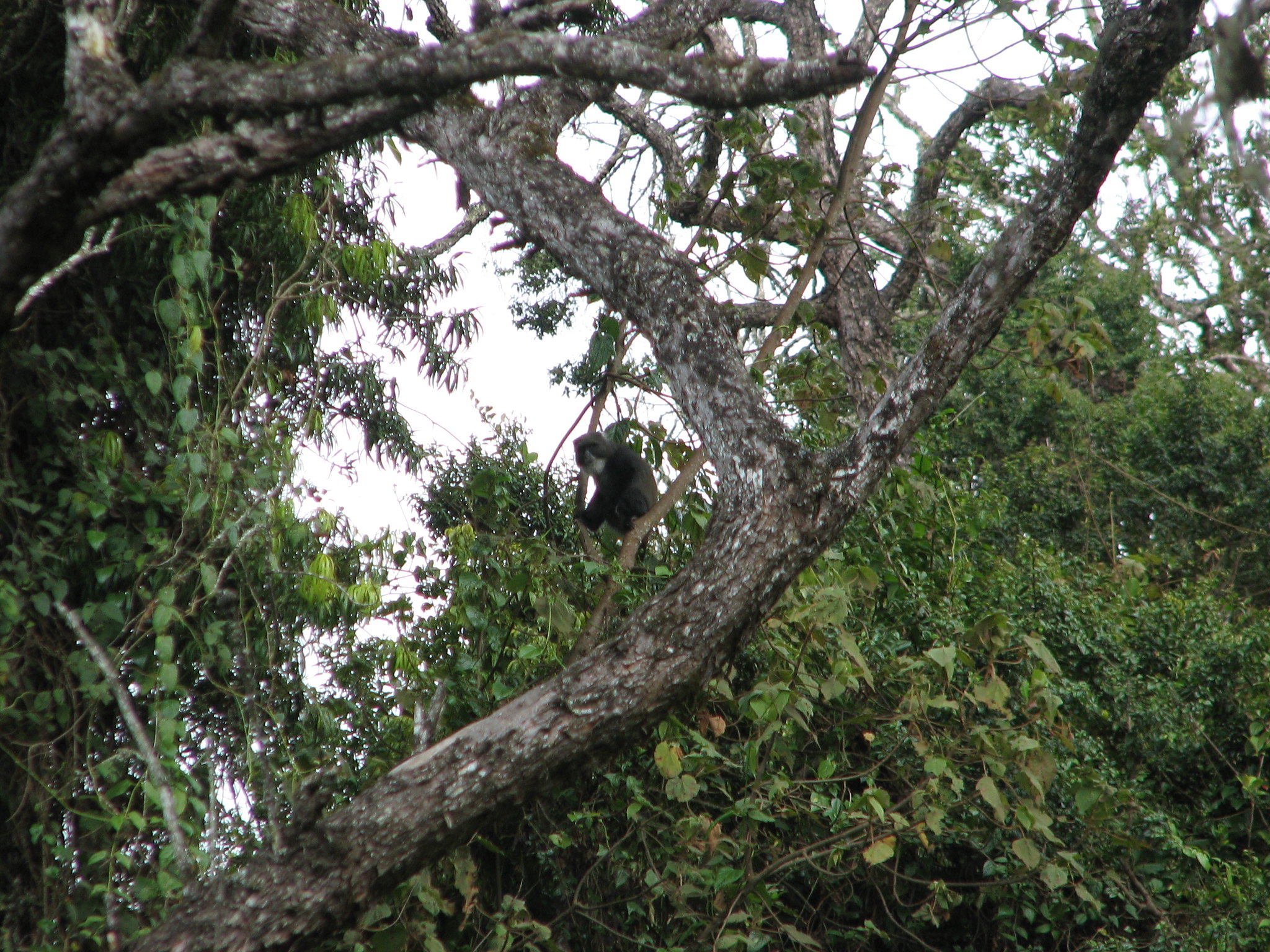
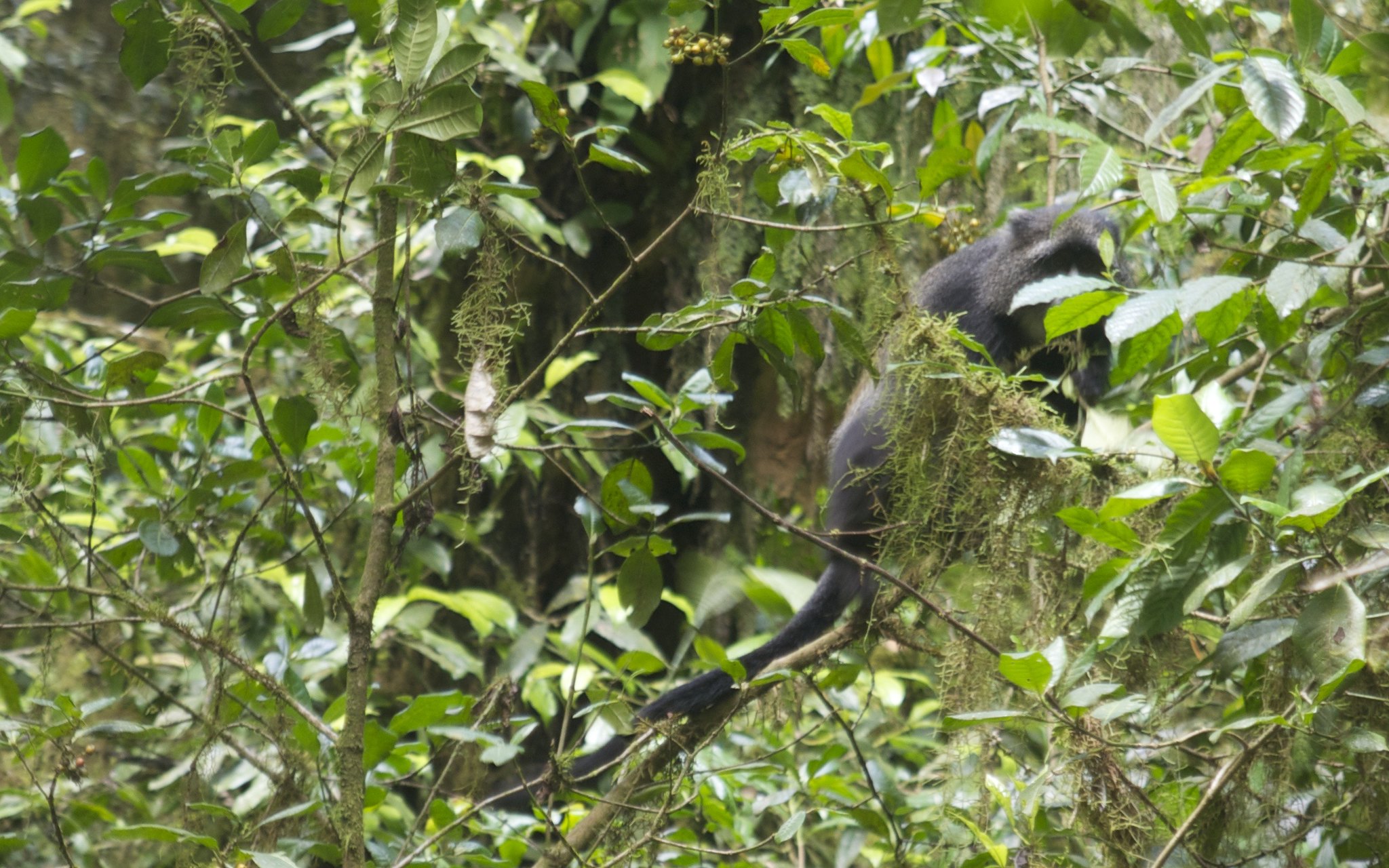
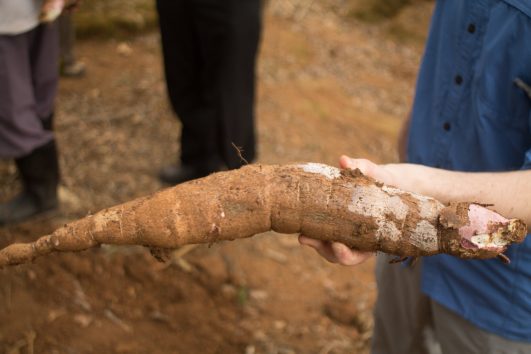
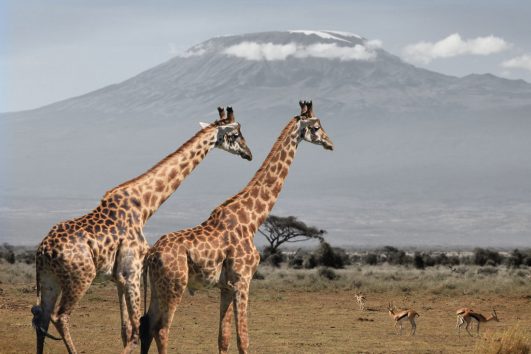
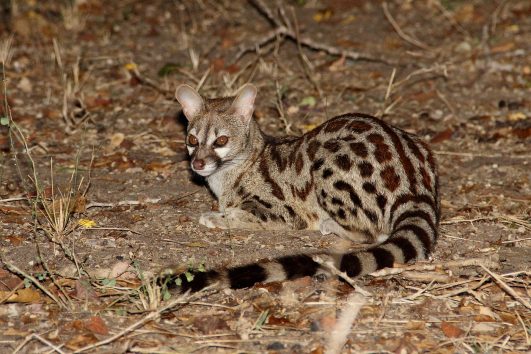
Tour Reviews
There are no reviews yet.
Leave a Review